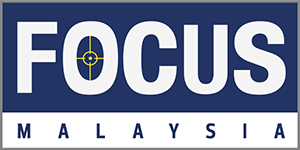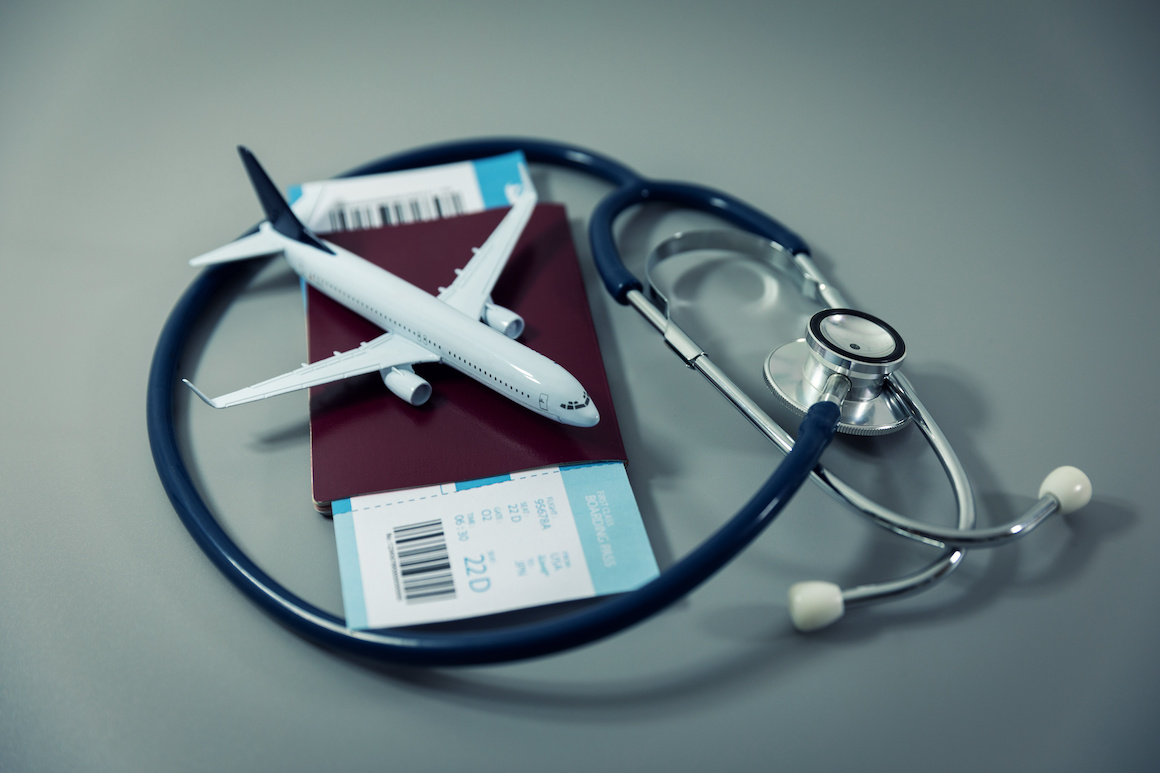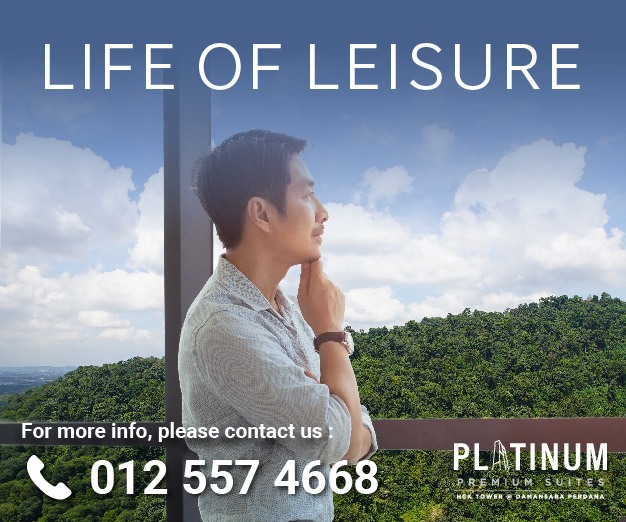MBSB Research recently hosted the Malaysia Healthcare Travel Council (MHTC) in a roundtable dialogue recently. While MHTC focuses on the private healthcare sector, various government ministries, are involved to ensure a cohesive and supportive ecosystem for medical tourism.
This multi-agency cooperation is crucial for addressing the diverse needs of the industry, from healthcare standards to visa facilitation and economic planning.
Since the decline in Covid-19 prevalence, Malaysia had seen a surge in medical travellers from the Asia-Pacific region seeking treatments.
In 2024, the number of medical travellers reached 1.52 mil and revenue at RM2.72 bil. For 2025, MHTC is expecting revenue to climb up to RM3 bil, attributed by a robust demand for quality and affordable care.
By 2030, MHTC aims to generate over RM12 bil in revenue, supported by continuous expansion of hospital capacity, targeted promotional efforts and implementation of integrated healthcare.
Medical tourism in Malaysia is not just about hospital revenue. It creates a significant ripple effect across the economy. As foreign patients and their companions travel, they spend on various services beyond medical treatments, including accommodation, transportation, dining, and entertainment.
This multiplier effect is a critical driver of growth for the hospitality, tourism, and food & beverage sectors. The revenue projected at RM12 bil by 2030 solely accounts for medical-related expenses and excludes the substantial spending on other associated services.
This revenue, combined with an estimated economic multiplier of 4x, demonstrates the significant financial benefits of the industry.
Every region in Malaysia contributed to medical tourism. In 2024, Central Region contributed 42% of the total revenue (RM886 mil) while Northern Region contributed 41%, Southern Region contributed 12% and the others (East Coast and East Malaysia) contributed 5%.
Penang remains a major hub for medical tourism, serving up to 40% of the total volume of medical tourists. Its appeal is driven by its cultural affinity with Mainland Chinese and Indonesians, as well as its strategic proximity, which is supported by high flight frequency.
Despite contributing the lowest revenue, East Coast had seen a gain in tourist volumes; likely due to the support from the state tourism and its proximity to Thailand. Meanwhile, Sabah and Sarawak saw high potential for growth, if state hospital brands are well promoted and accessibility by air and land are improved.
Malaysia’s competitive edge in the regional medical tourism market is its highly regulated healthcare environment. This offers a distinct advantage over competitors like Thailand and attracts patients seeking a safer and more structured treatment setting.
Despite the first quarter typically not being a peak period, quarter one of 2025 already recorded a significant 8% increase in revenue (RM631 mil-682 mil) and a 7% rise in traveller volume (370,000-398,000).
This indicates that Malaysia still retains an undulated potential and competitiveness in medical tourism. A key advantage for Malaysia is that foreign patients are charged the same rates as locals, which incentivizes them to spend more on other industries like tourism and hospitality.
However, regional disparities remain a key challenge. While Penang is a major driver of medical tourism, largely due to key institutions like Island Hospital, East Malaysia struggles to attract medical tourists because of accessibility challenges, limited flight frequency, and less-known hospitals.
“Moving forward, we expect MHTC and other travel-related agencies and sectors (hospitality, consumer and aviation) to improve accessibility, as advocated by the government under the 13th Malaysia Plan,” said MBSB Research. —Aug 6, 2025
Main image: Senior Planet




